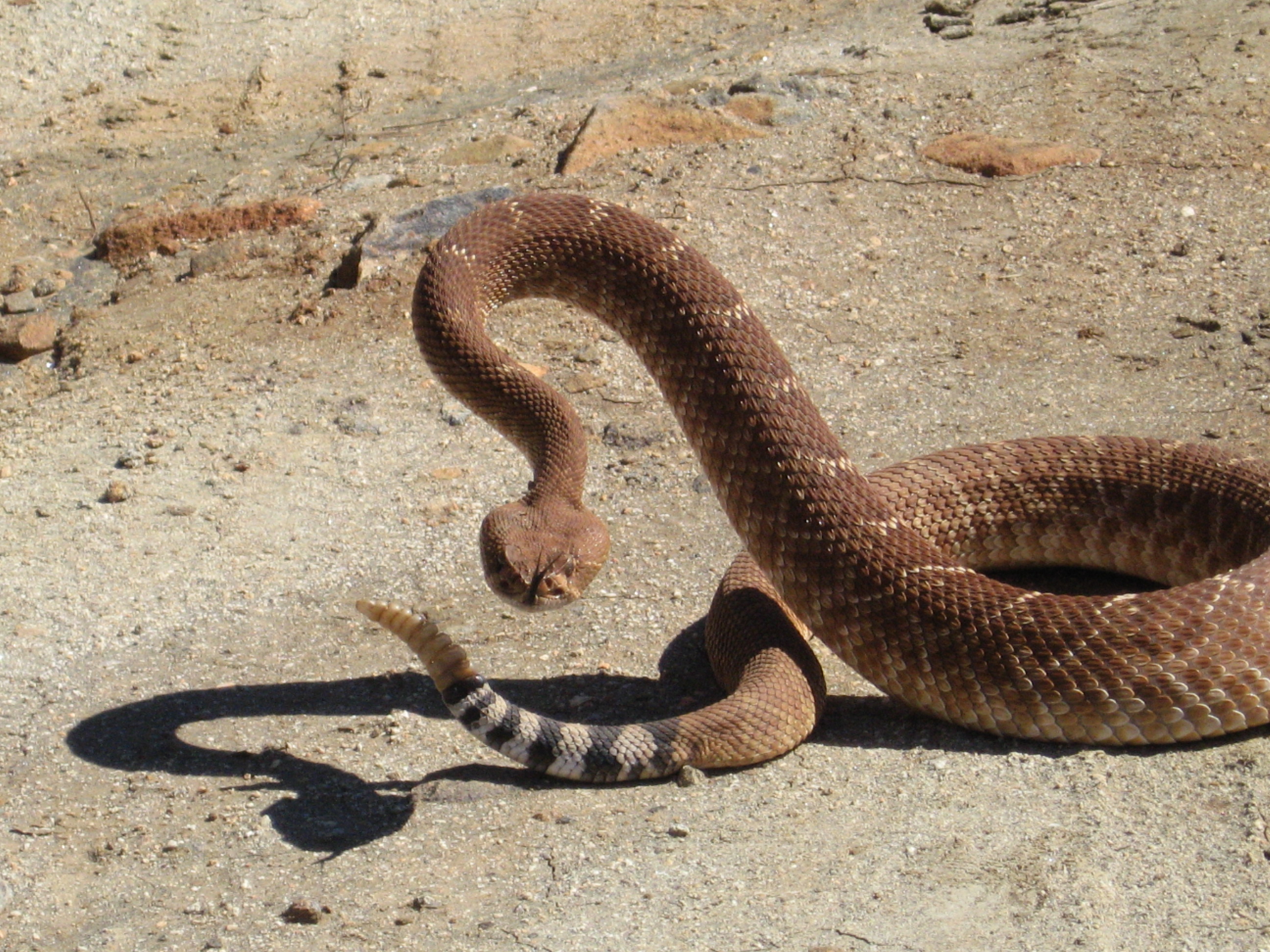Docent led tours are the best way to learn about the history, fauna and flora of the reserves. Experienced docents will lead you on a guided adventure through the habitats and landscapes.
For additional information about upcoming hikes, e-mail Beth Cobb.
Distribution: The United States in southern California, and Mexico in northern Baja California, west of the desert. In the north from the counties of San Luis Obispo and Kern, and south through the counties of Santa Barbara, Ventura, Los Angeles (including Santa Catalina Island and the foothills.), southwestern San Bernardino, Orange, western Riverside, San Diego and extreme western Imperial. From there its range extends south through Baja California to lat. 28° 30′ North.[11] According to Klauber (1956), the type locality is “San Jose, Lower California” [San José, lat. 31° N, Baja California (state), Mexico].
Distribution: The United States in southern California, and Mexico in northern Baja California, west of the desert. In the north from the counties of San Luis Obispo and Kern, and south through the counties of Santa Barbara, Ventura, Los Angeles (including Santa Catalina Island and the foothills.), southwestern San Bernardino, Orange, western Riverside, San Diego and extreme western Imperial. From there its range extends south through Baja California to lat. 28° 30′ North.[11] According to Klauber (1956), the type locality is “San Jose, Lower California” [San José, lat. 31° N, Baja California (state), Mexico].


